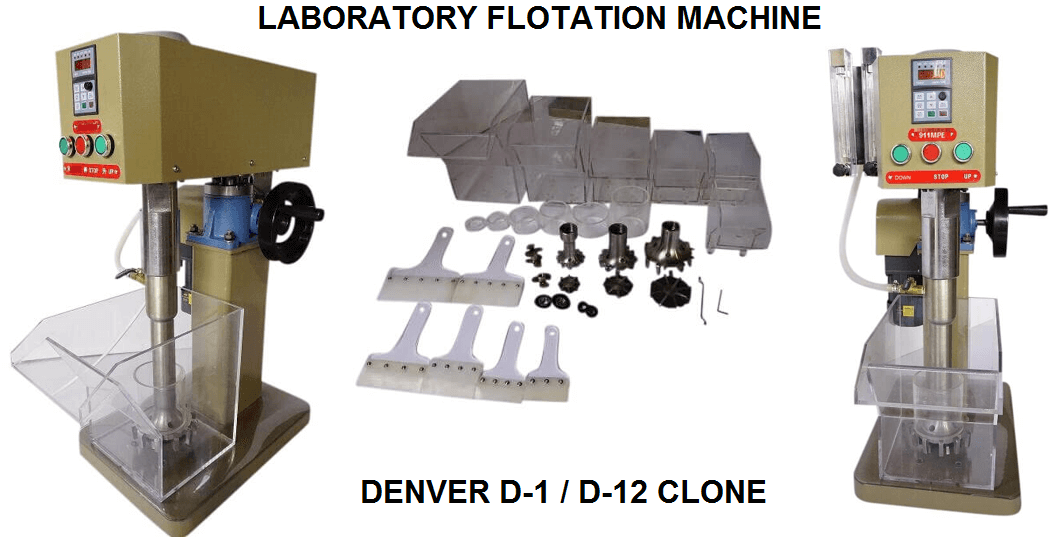The 500, 1000, and 2000 gram Laboratory Flotation Cells have been proved by mining, chemical and government laboratories and schools all over the world, to produce reliable results which can be duplicated in actual milling installations because they incorporate all of the basic principles of the commercial size machines. The 50-gram unit is designed to complete this line of Batch Laboratory Flotation Machines to fill the need for a smaller flotation unit.
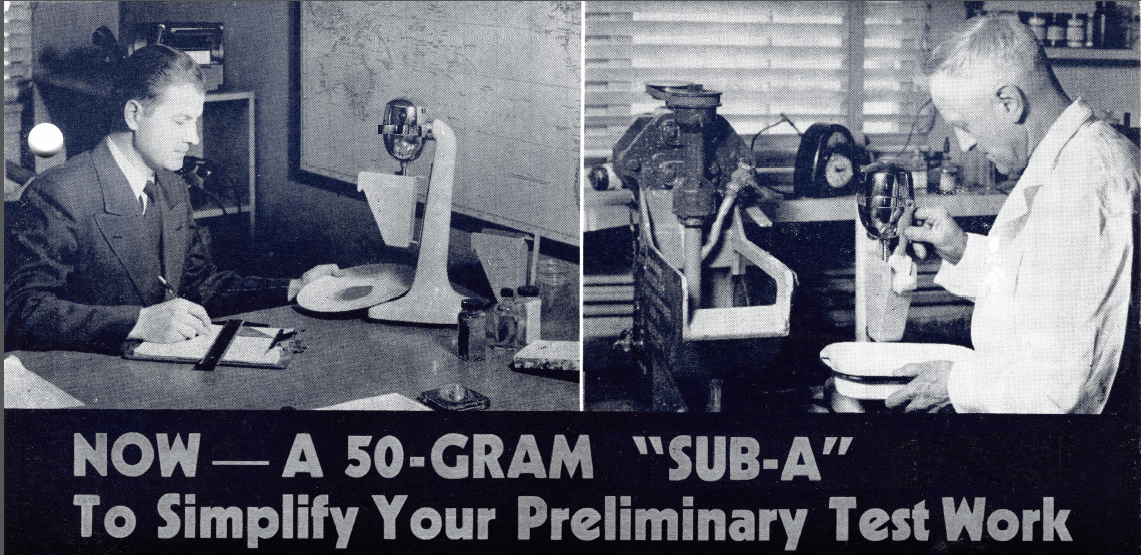
Simplifies Preliminary Testing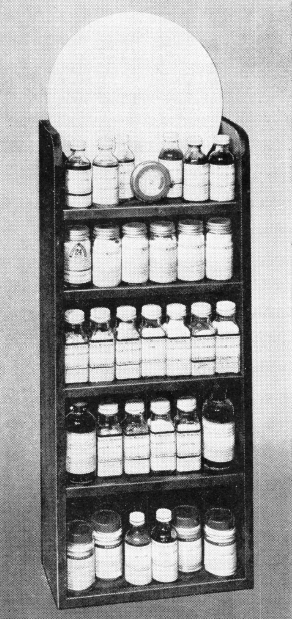
This 50-gram machine is most commonly used for qualitative flotation-research testing to determine the general character of the ore, effect of various reagents, pulp density, alkalinity and other conditions prior to going ahead with larger scale batch or continuous testing.
Cleaning Rougher Concentrates
In cleaning rougher concentrates it is important to maintain proper pulp density. Normally this is not possible in the same, larger size laboratory cell used for producing the rougher flotation concentrate, unless several charges of ore are treated to produce sufficient concentrates. Thus, the small 50-gram unit fills a definite need on this problem giving more accurate results and reducing amount of work required.
Permits Testing Small Samples
The small 50-gram “Sub-A” is very valuable for conducting flotation tests when a limited amount of material is available, particularly when investigating high-grade ores, mill products, or chemical by-products.
Ideal Reagent Emulsifier
Proper preparation of reagents is very important in flotation of nonmetallic minerals. The 50-gram machine is frequently used for emulsification and mixing of reagents prior to feeding in the larger sizes of “Sub-A” Laboratory Machines.
Handy for Demonstration Tests
The compactness and portability of this unit makes it ideal for demonstration tests in the office, laboratory, or field.
Specifications of the Modern Flotation Machine
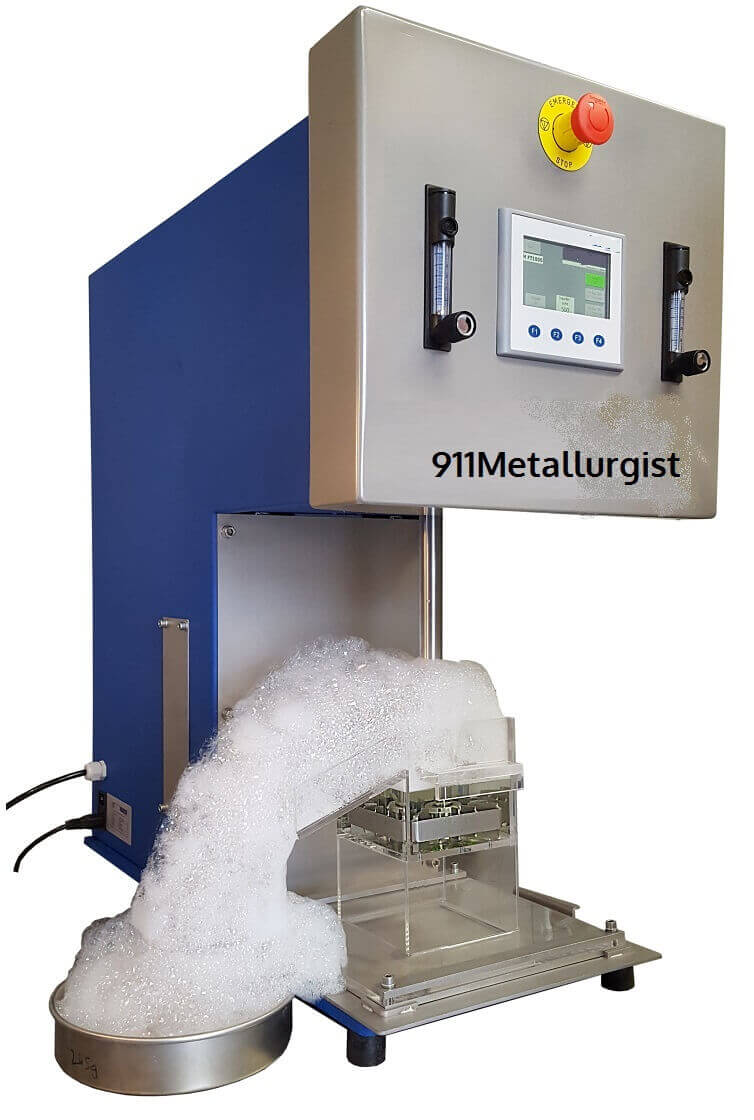
The 50-gram Laboratory Flotation Machine is equipped with a single phase, 60 cycle, 110 volt motor including 2-speed switch. An extra enamelled tank is furnished.
Data on Laboratory Flotation Cells
The outstanding feature of these Laboratory Flotation Cells is that they are designed to incorporate the same basic principles of operation which have made the commercial size “Sub-A” Machines so successful impeller and hood, with gravity flow duplicating aeration and circulation obtained in large “Sub-A” cells.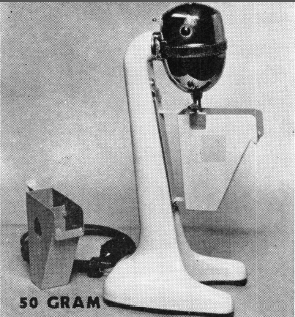
VARIABLE SPEED, through a standard, variable speed motor, is provided on 500, 1000 and 2000 gram “Sub-A” Flotation machines. Thus, you can operate the units at slower speeds for conditioning and at higher speeds for flotation just turn the convenient speed adjustment arm without stopping the machine. The 50-gram unit has two speeds.
BEARINGS are totally enclosed in a ball bearing shaft assembly assuring trouble-free operation.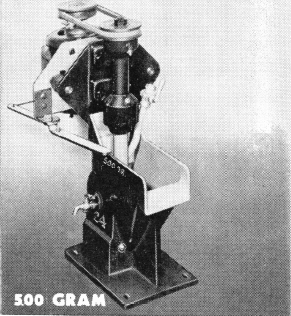
EASILY CLEANED to avoid “salting” between tests. All corners of 500, 1000 and 2000 gram machines are rounded so cell can be easily and thoroughly washed out through bottom drain plug; 50-gram tank is easily removed for analysis or clean-out purposes.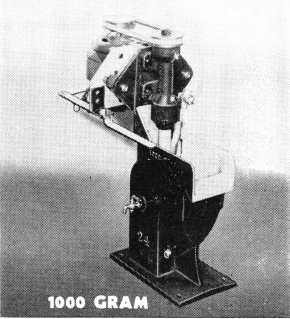
SPIGOT DISCHARGE is provided on side of cell for withdrawing pulp sample at any time during operation.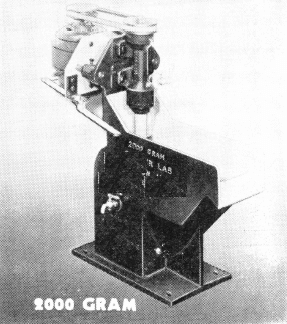
GLASS SIDE can be furnished on all tanks but 50-gram size to permit observation during testing.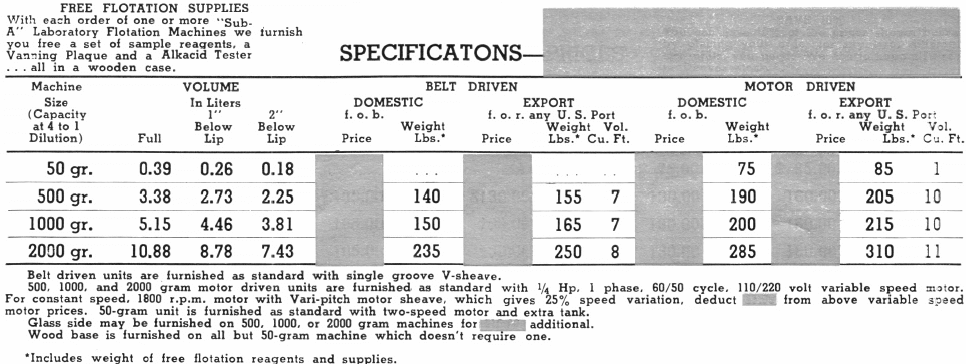
Mini Laboratory Flotation Cell
Qualitative flotation research-testing is efficiently conducted with the 50 gram “Sub-A” Laboratory Flotation Cell. General character of the ore, effect of various reagents, pulp density, alkalinity, and other conditions affecting larger scale testing can be studied. This machine is also useful in testing small samples such as concentrates obtained from other testing, mill products, and chemical by-products.
The 50 gram “Sub- A” Laboratory Flotation Cell is equipped with a single phase, 60 cycle, 110 volt motor including two-speed switch. An extra enameled tank is furnished with each unit for convenience
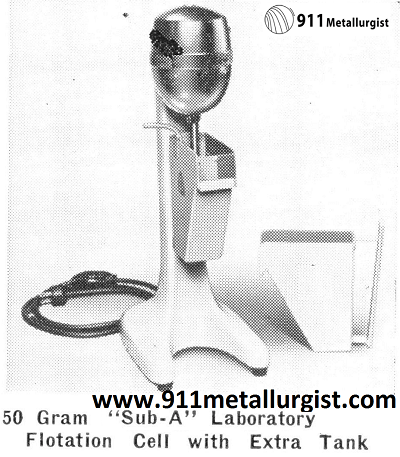
 Weights shown include Laboratory Vanning Plaque Pan, Alkacid Laboratory pH Indicator, and set of sample flotation reagents furnished free with each order for one or more units.
Weights shown include Laboratory Vanning Plaque Pan, Alkacid Laboratory pH Indicator, and set of sample flotation reagents furnished free with each order for one or more units.
Laboratory Flotation Machine
The outstanding feature of the 500, 1000, and 2000 Gram Laboratory Flotation Machine is that it is designed to incorporate the same basic principles of operation which have made the commercial size Flotation Machine so successful. Gravity flow is utilized. Positive feed to the receded disk impeller with diffuser is obtained.
Variable speed is provided by a standard variable speed motor with V-belt drive. Thus slow speed can be obtained for conditioning and high speed for flotation. Adjustment of speed while machine is operating is made by simply moving a convenient lever arm.
Bearings are totally enclosed in a one-piece ball bearing shaft assembly. This assures trouble-free operation.
All corners are rounded to prevent salting and tank interior has baked enamel finish. Spigot is provided on side of cell for withdrawing pulp sample during operation. Glass side can be furnished to permit observation of froth condition during testing.
With each order of one or more laboratory flotation cells is included a set of sample reagents, Vanning Plaque, and a Alkacid Tester.
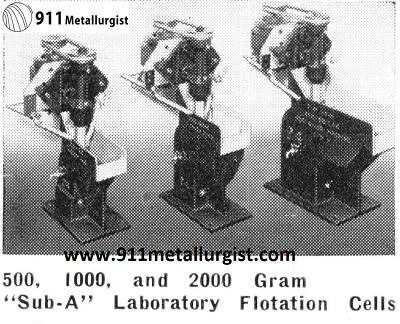

Weights shown include Laboratory Vanning Plaque Pan, Alkacid Laboratory pH Indicator, and set of sample reagents furnished free with each order for one or more units.
Flash Laboratory Flotation Cell
In laboratory continuous test plants it is often desirable to use a Flash Laboratory Unit Flotation Cell in the ball mill-classifier circuit to remove coarse free mineral before it has a chance to become slimed or coated with colloids. A single cell of the “Sub-A” Laboratory Flotation Machine is well suited for this application. It is of unit construction and will handle coarse, high density pulps such as those normally discharged from a laboratory ball mill.
When using a “Sub-A” Laboratory Unit Flotation Cell in the grinding circuit it is advisable to install an 8 or 10 mesh trommel screen on the ball mill discharge in order to remove tramp oversize. This will assure a steady operation even when handling small volumes of pulps normally encountered in laboratory test plants.
The No. 5 “Sub-A” Laboratory Unit Flotation Cell is recommended for the No. 5 Continuous Test Plant, and the No. 7 for the larger No. 7 Continuous Test Plant. These cells may also be used in the regular flotation circuit if desired.
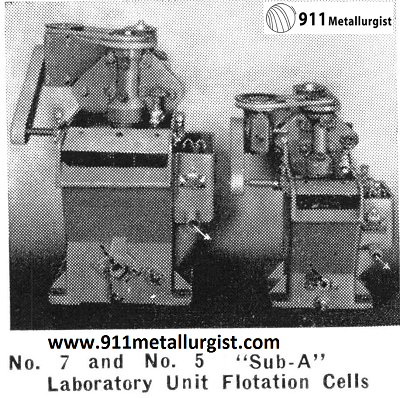
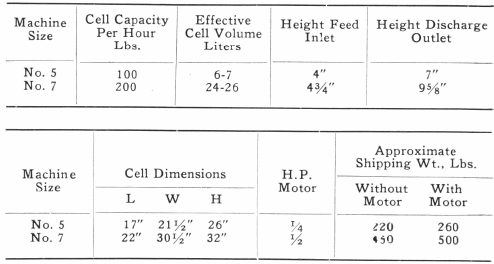
Laboratory Flotation Machines
The Laboratory Flotation Machine is used for continuous laboratory test work and small pilot plants. It is similar to the standard commercial machines as far as basic design is concerned; however, it is built in single cell units to allow greater flexibility in testing. Tests made with this unit in the laboratory can be duplicated with large scale units in plant operation, and this fact has made the “Sub-A” Laboratory Flotation Machine universally accepted in commercial, government and educational test plants.
Continuous test work is of prime importance and is the link between early batch testing and commercial plant installation. Many large operators maintain a small continuous test plant as a pilot for the main production unit. It is essential therefore that test or pilot plant results be duplicated in parallel units. Incorporated in both No. 5 and No. 7 “Sub-A” Laboratory Flotation Machines are the same basic principles and advantages as are available in their larger counterparts—gravity flow, pulp level control, and extreme flexibility.
The cells are cast individually and equipped with easily adjustable pulp level control and froth removal paddle. Any cell can be used for roughing, cleaning or recleaning as there is a feed or middling return connection to the impeller at the front of each cell.
Ordinarily these flotation cells are used in series of four or more units and when incorporated in a continuous plant, the tied-up middling product problem is eliminated. Accurate results are assured as the cells are built with rounded corners for quick and easy draining and cleaning through convenient drain outlets.
Belt drives for these machines are quarter twist drive with V-belts, sheaves, jackshaft and jack supporting framework. Motor drives are individual for each cell through V-belts.
The effective volume of these machines, using water as pulp and operating with air on a pulp level 2″ below the lip, is 7,460 cc., (7.46 liters) for the No. 5 and 28,200 cc., (28.2 liters) for the No. 7. In actual operation, with normal reagents and pulps, the effective volume based on operating pilot and test plants is only slightly lower.
For test or pilot plants where greater capacity is required, No. 8 or No. 12 “Sub-A” Flotation Machines are usually used. Details on the No. 12 “Sub-A” Flotation Machine may be found under Flotation Machine, “Sub-A.”
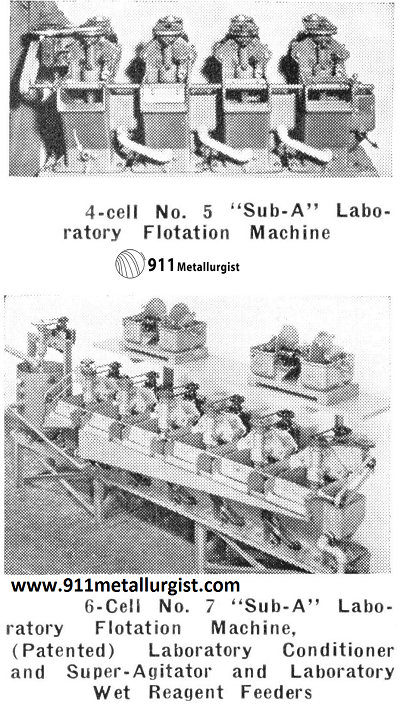
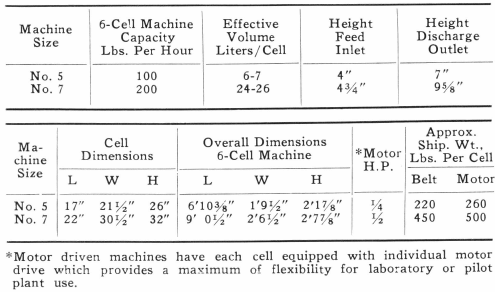
Laboratory Flotation Bank
Flotation research can be conducted continuously and economically with the No. 8 (16″x 16″) “Sub-A” Laboratory Flotation Machine. Built with all the attributes of the large commercial machines, it is sufficiently small (500 to 1500 pounds an hour) to develop new control and research flowsheets.
Large concentrators now in operation can run this unit as a small commercial machine in parallel with standard units. New processes can be developed and placed in production on small tonnages in chemical plants. Pilot plants can operate 24 hours a day on concentration problems requiring lengthy study, or to recover small quantities of valuable by-product minerals present in the ore of a commercial operation.
This machine has all the distinctive features of the larger units, including the famous gravity flow principle. The welded steel tank is protected by rubber bottom liners and cast-iron side liners. Individual cell control is obtained by either wood weir blocks or hand-wheel operated steel gates. Sand relief openings, froth paddles, and hard-iron receded disk impellers and diffusers are standard. The No. 8 “Sub-A” Laboratory Flotation Machine may be equipped with supercharging for problems requiring a wider range of aeration.

 For capacities on 2 cell to 12 cell machines refer to tables under Flotation Machine. “Sub-A”.
For capacities on 2 cell to 12 cell machines refer to tables under Flotation Machine. “Sub-A”.

For dimensions on lengths from 2 cell to 12 cell machines refer to tables under Flotation Machine. “Sub-A.”
Source: This article is a reproduction of an excerpt of “In the Public Domain” documents held in 911Metallurgy Corp’s private library.

